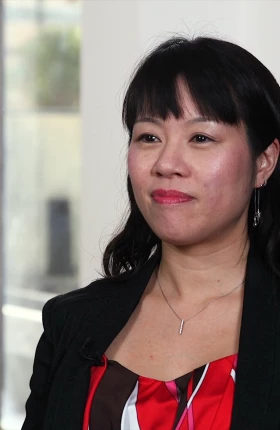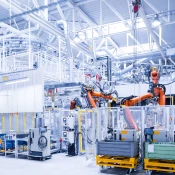不確実性が「常態」として経営の前提に組み込まれている今日、日本企業は変化を受容し、主体的に勝機を見極める姿勢が求められています。BCGコンサルタントが考える、2026年時点でビジネスリーダーが検討すべき10の経営論点を提示します。
Featured Insights
日本語コンテンツ

Article
2025年10月28日

Article
2025年6月30日
多くの日本企業が長年使ってきたレガシーシステムの刷新などIT・デジタル投資で苦戦を強いられています。本書は、現場での経験が豊富なコンサルタントが、企業が陥りがちな罠を明らかにし、成功に向けて経営者に求められる心構えやプロジェクトの実施にあたって押さえるべきポイントなどを解説します。
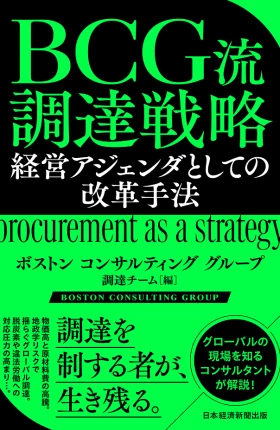
Article
2024年6月21日
調達領域の専門知識を持つコンサルタントが、現場での豊富な経験をもとに、調達部門が置かれている現状を分析し、調達を競争力向上のドライバーへと進化させる改革をどう進めていくべきか提示します。
Supply Chain Management
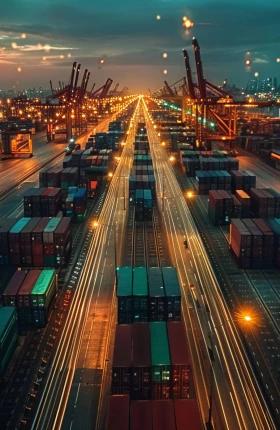
Article
2025年3月6日
Companies have already taken steps to reduce costs along the supply chain. Further reductions require tougher decisions in several key areas.
Video
2025年1月10日
Staying Ahead of Trends in Global Trade
Geopolitics is escalating already seismic shifts in global trade. As trade lanes evolve, consider shifting your supply chains to make them more robust, cost effective, and resilient.

Article
2024年2月6日
With parallels to the complexities of building a house, BCG’s approach to transforming a supply chain emphasizes the importance of coordination, digital enablement, and speed.

Article
2024年8月7日
Costs are threatening the ability of process companies to take advantage of both organic and inorganic growth opportunities because of expanding financial constraints.
BCG-WEF Project: AIを活用した産業財オペレーション
製造業企業は、生産性の向上、サステナビリティの改善、レジリエンスの向上、労働力の強化を最適化するために、最新のテクノロジーをどのように活用することができるでしょうか。
Procurement
Video
2025年1月27日
The Cost-Saving Power in Procurement
Declining producer prices have given process industry firms a crucial but limited window of opportunity to renegotiate contracts and set a new cost baseline.
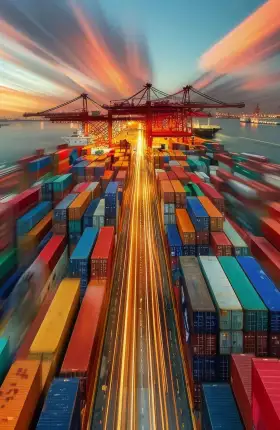
Article
2024年9月25日
As the global business landscape grows more complex and politically fraught, companies are struggling to balance cost reduction, supply chain resilience, and access to key markets.
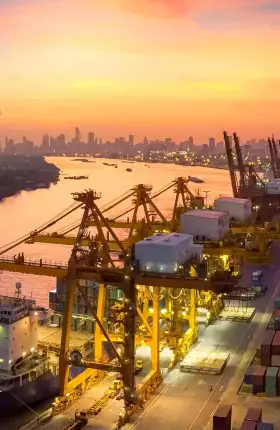
Article
2024年2月13日
Companies can use a category-specific analysis to identify the best alternatives to conventional sourcing strategies.

Article
2025年4月18日
Procurement is poised to capitalize on AI, which can streamline manual work in key processes by up to 30% and reduce overall costs by roughly 15% to 45%.
BCG Executive Perspectives: CEOのジレンマ
このシリーズでは、不確実性下でどこに機会があるかを理解できるよう、今日のビジネスリーダーが直面している破壊的な潮流について考察します。
Manufacturing

Article
2025年10月23日
The pressure is on for manufacturers. But opportunity awaits those who rethink their approach to AI, efficiency, and operations.

Article
2025年7月30日
Many ambitious efforts fail to reach their potential because leaders overlook the shifts needed to unite teams and drive lasting improvements.

Slideshow
2023年8月23日
Advanced manufacturers lead their peers across six key attributes, particularly in embedding AI into their operations. This is the factory of the future.
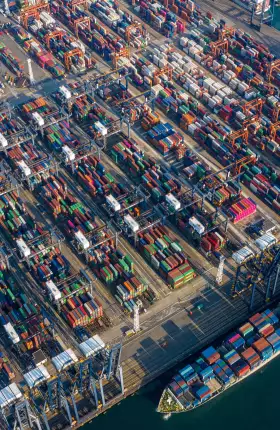
Article
2023年9月21日
Trade disruptions have prompted many global companies to shift where they produce and source goods. But getting the desired results requires a difficult balancing act.
Amid shifting dynamics, transforming the global footprint can improve companies’ resilience and sustainability and cut manufacturing and supply chain costs. How are successful companies doing it?
Service & Support

Article
2025年2月18日
Companies that prioritize selling aftermarket services to supplement equipment sales not only generate much more income, they also solidify lasting relationships with customers.
Video
Companies Can Generate Value by Improving Their Data
Dealing with data quality issues at the source lets businesses start with a strong foundation and make the most of GenAI, DQC’s Michael Spira explains.

Article
2024年9月6日
Customer service organizations will not achieve their ambitious goals for generative AI – in terms of quality and efficiency – unless they transform their operating model.

Article
2023年12月12日
Reaching a higher, value-adding level of support function maturity isn’t a distant vision but a tangible goal that can be achieved with purposeful action.
We're on LinkedIn
Follow BCG's Operations practice on LinkedIn for the latest operations insights and news across all aspects of the product journey.
Capital Project Management
Video
2020年7月14日
Secrets Behind Successful Large Capex Projects
To keep projects on track, managers must excel on multiple fronts–including fostering transparency into project challenges, encouraging collaboration among all stakeholders, and candidly assessing project risks.
Video
2020年7月14日
Think Big
Behind “think big” is transparency and collaboration. That’s how BCG conceives a successful large capital project. Let’s think big to make big things happen.

In a turbulent, fast-changing world, innovation success means getting it right over and over again.
Weekly Insights Subscription
Stay ahead with BCG insights on operations
オペレーションの卓越性
Video
2025年10月21日
Rebuilding Operations with AI at the Core
Capita’s Adolfo Hernandez tells BCG’s Max Reimpell how the company is redesigning every process around AI to boost speed, service, and human impact.

Report
2024年11月18日
BCG research reveals what sets a select group of leaders apart. Here's how to join them.

Article
2024年2月22日
Organizations’ biggest cost is usually operations, making it the first place to seek efficiency and productivity improvements to fund the future.

Slideshow
2023年9月25日
Organization-wide platforms for product and service delivery enable agile ways of working and rapid recovery from crisis.








